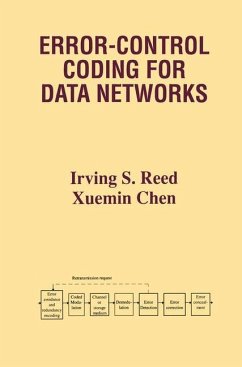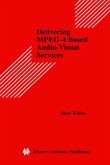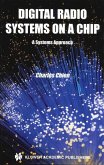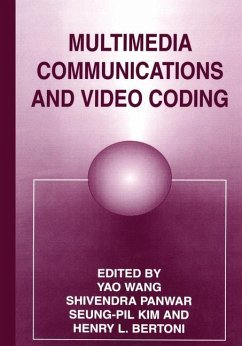The subject of error-control coding bridges several disciplines, in particular mathematics, electrical engineering and computer science. The theory of error-control codes is often described abstractly in mathematical terms only, for the benefit of other coding specialists. Such a theoretical approach to coding makes it difficult for engineers to understand the underlying concepts of error correction, the design of digital error-control systems, and the quantitative behavior of such systems. In this book only a minimal amount of mathematics is introduced in order to describe the many, sometimes mathematical, aspects of error-control coding. The concepts of error correction and detection are in many cases sufficiently straightforward to avoid highly theoretical algebraic constructions. The reader will find that the primary emphasis of the book is on practical matters, not on theoretical problems. In fact, much of the material covered is summarized by examples of real developments, and almost all of the error-correction and detection codes introduced are attached to related practical applications.
Error-Control Coding for Data Networks takes a structured approach to channel-coding, starting with the basic coding concepts and working gradually towards the most sophisticated coding systems. The most popular applications are described throughout the book. These applications include the channel-coding techniques used in mobile communication systems, such as: the global system for mobile communications (GSM) and the code-division multiple-access (CDMA) system, coding schemes for High-Definition TeleVision (HDTV) system, the Compact Disk (CD), and Digital Video Disk (DVD), as well as the error-control protocols for the data-link layers of networks, and much more. The book is compiled carefully to bring engineers, coding specialists, and students up to date in the important modern coding technologies. Both electrical engineering students and communication engineers will benefit from the information in this largely self-contained text on error-control system engineering.
The purpose of Error-Control Coding for Data Networks is to provide an accessible and comprehensive overview of the fundamental techniques and practical applications of the error-control coding needed by students and engineers. An additional purpose of the book is to acquaint the reader with the analytical techniques used to design an error-control coding system for many new applications in data networks. Error~control coding is a field in which elegant theory was motivated by practical problems so that it often leads to important useful advances. Claude Shannon in 1948 proved the existence of error-control codes that, under suitable conditions and at rates less than channel capacity, would transmit error-free information for all practical applications. The first practical binary codes were introduced by Richard Hamming and Marcel Golay from which the drama and excitement have infused researchers and engineers in digital communication and error-control coding for more than fifty years. Nowadays, error-control codes are being used in almost all modem digital electronic systems and data networks. Not only is coding equipment being implemented to increase the energy and bandwidth efficiency of communication systems, but coding also provides innovative solutions to many related data-networking problems.
Error-Control Coding for Data Networks takes a structured approach to channel-coding, starting with the basic coding concepts and working gradually towards the most sophisticated coding systems. The most popular applications are described throughout the book. These applications include the channel-coding techniques used in mobile communication systems, such as: the global system for mobile communications (GSM) and the code-division multiple-access (CDMA) system, coding schemes for High-Definition TeleVision (HDTV) system, the Compact Disk (CD), and Digital Video Disk (DVD), as well as the error-control protocols for the data-link layers of networks, and much more. The book is compiled carefully to bring engineers, coding specialists, and students up to date in the important modern coding technologies. Both electrical engineering students and communication engineers will benefit from the information in this largely self-contained text on error-control system engineering.
The purpose of Error-Control Coding for Data Networks is to provide an accessible and comprehensive overview of the fundamental techniques and practical applications of the error-control coding needed by students and engineers. An additional purpose of the book is to acquaint the reader with the analytical techniques used to design an error-control coding system for many new applications in data networks. Error~control coding is a field in which elegant theory was motivated by practical problems so that it often leads to important useful advances. Claude Shannon in 1948 proved the existence of error-control codes that, under suitable conditions and at rates less than channel capacity, would transmit error-free information for all practical applications. The first practical binary codes were introduced by Richard Hamming and Marcel Golay from which the drama and excitement have infused researchers and engineers in digital communication and error-control coding for more than fifty years. Nowadays, error-control codes are being used in almost all modem digital electronic systems and data networks. Not only is coding equipment being implemented to increase the energy and bandwidth efficiency of communication systems, but coding also provides innovative solutions to many related data-networking problems.








